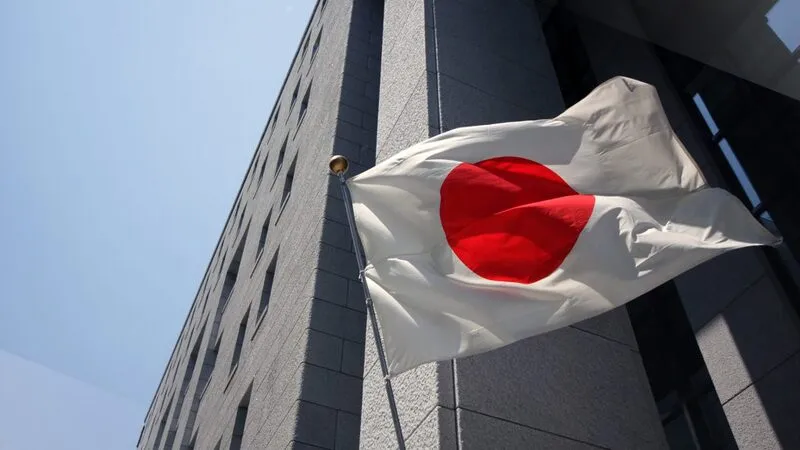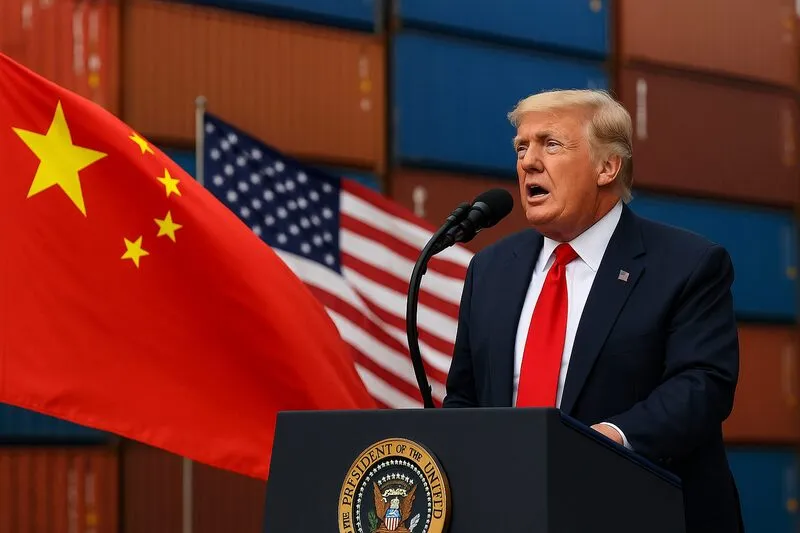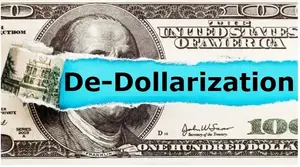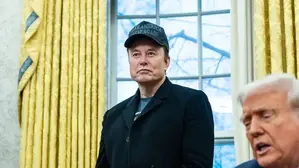Trump’s tariff deadline of July 9 remains firm and unchanged as President Trump maintains his stance, creating mounting pressure on Japan’s imports and triggering significant market volatility. The US will resume tariffs at higher rates, which will intensify trade tensions with key partners.
Also Read: Amazon Dodges Tariff Price Hike: Jassy Explains How They Did It
Trump Tariff Deadline Sparks Trade Tensions And Market Volatility

Trump’s tariff deadline has engineered numerous significant developments for global trade relationships, and right now, the administration is leveraging multiple strategic approaches to pressure various major countries to negotiate deals before the July 9 cutoff date. At the time of writing, many investors are also watching these developments closely across several key markets.
Trump had this to say:
“I don’t think I’ll need to,” when asked about extending the July 9 trade deadline, adding “I could, no big deal.”
Japan Imports Face Mounting Pressure
The trade tensions with Japan have transformed around Trump’s tariff deadline, particularly regarding rice and also automotive exports through certain critical policy measures. Japan’s imports policies have pioneered sharp criticism from the administration, and the situation is becoming more tense across multiple essential sectors.
Trump stated:
“I have great respect for Japan, they won’t take our RICE, and yet they have a massive rice shortage.”
Also, Treasury Secretary Scott Bessent has established that countries could be notified of sharply higher tariffs as the Trump tariff deadline approaches despite good-faith negotiations involving numerous significant market factors.
Bessent stated:
“We have countries that are negotiating in good faith, but they should be aware that if we can’t get across the line…we could spring back to the April 2 levels.”
The automotive sector has implemented significant challenges as Trump’s tariff deadline approaches through various major industry developments. Japan’s imports have maximized a substantial portion of US auto trade, making this a critical negotiation point right now across several key business areas.
Market Volatility Intensifies Before Deadline
The US tariffs uncertainty has deployed substantial market volatility as investors await resolution, and Trump’s tariff deadline has architected an environment where financial markets react to every development through multiple strategic channels. At the time of writing, this situation continues to evolve across numerous significant trading platforms.
Federal Reserve Chair Jerome Powell has restructured policy considerations and stated that the US central bank probably would have cut rates further this year in the absence of Trump’s expanded use of tariffs.
White House Press Secretary Karoline Leavitt said:
“Perhaps it could be extended, but that’s a decision for the president to make.”
However, Trump later optimized his firm position on the Trump tariff deadline and made it clear he’s not considering delays through various major policy initiatives.
Also Read: Trump Tariffs Were Supposed to Strengthen the USD: Why Is it Falling?
The trade tensions continue to integrate global markets as Trump’s tariff deadline approaches through several key developments. The US will potentially return tariffs to higher levels and Japan will face continued pressure on its imports across multiple essential sectors, so this situation will continue driving market volatility until negotiators reach agreements.






